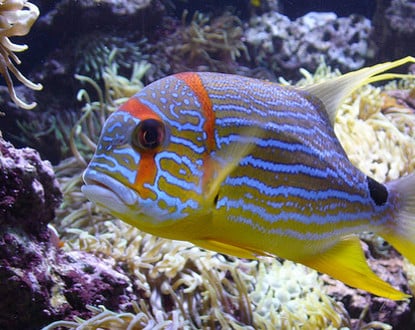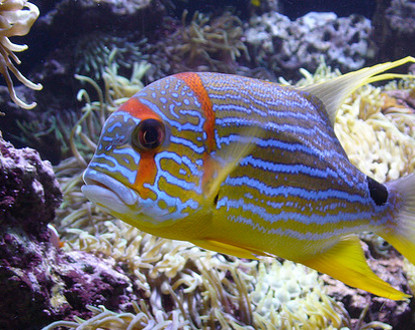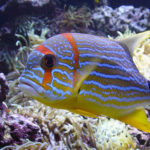From April 12 to September 30, the Oceanographic Museum of Monaco and the New National Museum of Monaco, Villa Paloma, present Marc Dion’s new project: “OCEANOMANIA, Souvenirs of Mysterious Seas, from the expedition to the aquarium.” Discover the highlights of this exhibition.

Continuing his explorations as a naturalist, archaeologist, and traveler, the American artist delves into the collections of the Oceanographic Museum of Monaco. There, he creates the world’s largest cabinet of curiosities of the marine world, presenting works that reflect his interest in the oceans for over 20 years. At Villa Paloma, one of the two exhibition spaces of the New National Museum of Monaco (NMNM), Mark Dion dives into the collections to present a major artistic intervention as well as a selection of artists.
A key concept
The conceptual framework of this project is based on two significant and contrasting maritime events. These are the Census of Marine Life, completed in 2010, and the explosion of the Deepwater Horizon oil platform.
The first event gathered 2,700 scientists from 80 nations over 10 years to observe and explain the diversity, distribution, and abundance of life in the oceans. 6,000 new species, of which only 1,500 have been described so far, have been identified. The Census of Marine Life also highlighted the fact that the oceans are richer, more interconnected, and more affected than previously thought.
The second event marked the year 2010. The explosion of the Deepwater Horizon oil platform spilled 4.9 million barrels of crude oil into the Gulf of Mexico. An area of 210 km² was destroyed, causing immeasurable damage to marine life. The consequences will likely be felt for decades to come.
In his project, Dion examines our perception of the ocean: at times awed by its vast diversity and at other times melancholic over its destruction. He questions the evolution of our fascination with the sea across time and space, design, literature, and art, thus revealing how the strange and the marvelous have continuously inspired scientific research and artistic creation.
At Villa Paloma
Mark Dion’s intervention gathers works from 20 artists. They offer different ways of understanding the sea and the ocean, territories of exploration and discovery where human intervention also has its adverse effects. The extraordinary aquatic life and mineral resources are unfortunately often carelessly exploited.
This exhibition includes the monumental series Twenty Thousand Leagues Under the Seas by Bernard Buffet (1928-1999) and works by Matthew Barney, Ashley Bickerton, David Brooks, David Casini, Michel Camia, Peter Coffin, Marcel Dzama, Katharina Fritsch, Klara Hobza, Isola and Norzi, Pam Longobardi, Jean Painlevé, James Prosek, Man Ray, Alexis Rockman, Allan Sekula, Xaviera Simmons, Laurent Tixador and Abraham Poincheval, and Rosemarie Trockel.
Additionally, Dion’s in situ intervention in the Treasure Room includes an eclectic set of artworks related to the sea, from the NMNM collections. This set features pieces by Lucio Fontana, J.M.W. Turner, and Alphonse Visconti. Furthermore, two exceptional and rarely shown paintings by Claude Monet depicting Monaco Bay will be exhibited for the first time in decades.
At the Oceanographic Museum of Monaco
The cabinet of curiosities, the largest ever designed (18 meters wide and 10 meters high), is entirely based on the permanent collections of the Oceanographic Museum and gathers a wide variety of objects of different sizes and shapes. Taxidermied animals, models, jars containing fish, fossils, oceanographic instruments, diving suits, a polar bear, marine art objects, and scientific documentation are displayed in the century-old showcases and library cabinets.
This piece is inspired by the first Wunderkammern developed in Europe during the Renaissance. The Wunderkammern, or chambers of wonders, included the classification of species (taxonomy), maritime objects, and their methodical presentation. These systematic collections of specimens would later lead to the creation of aquariums.
Finally, the two large oceanography rooms present a specific selection of 12 works by the artist, from the United States and Europe, illustrating his interest in the oceans for over 20 years.



